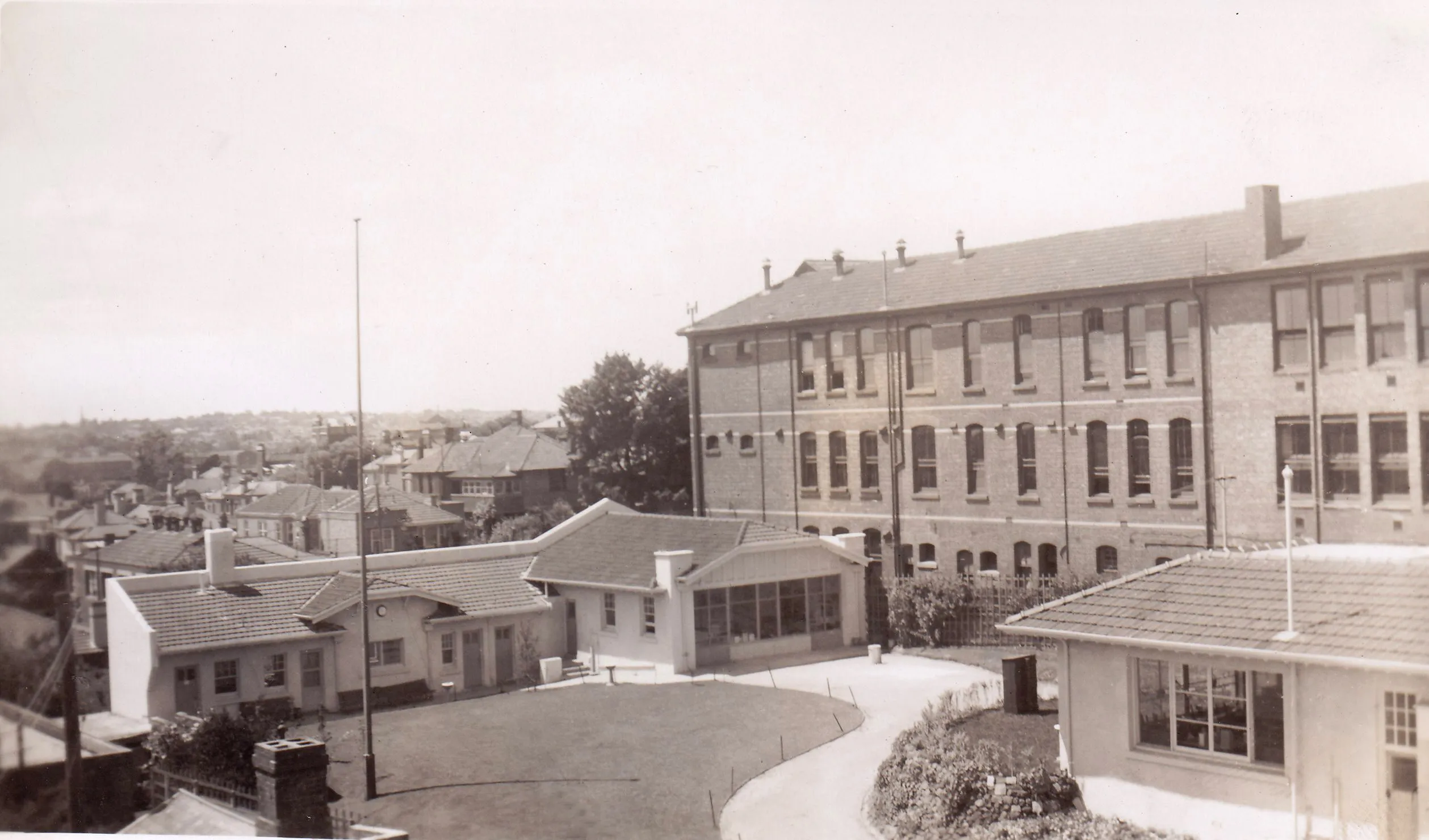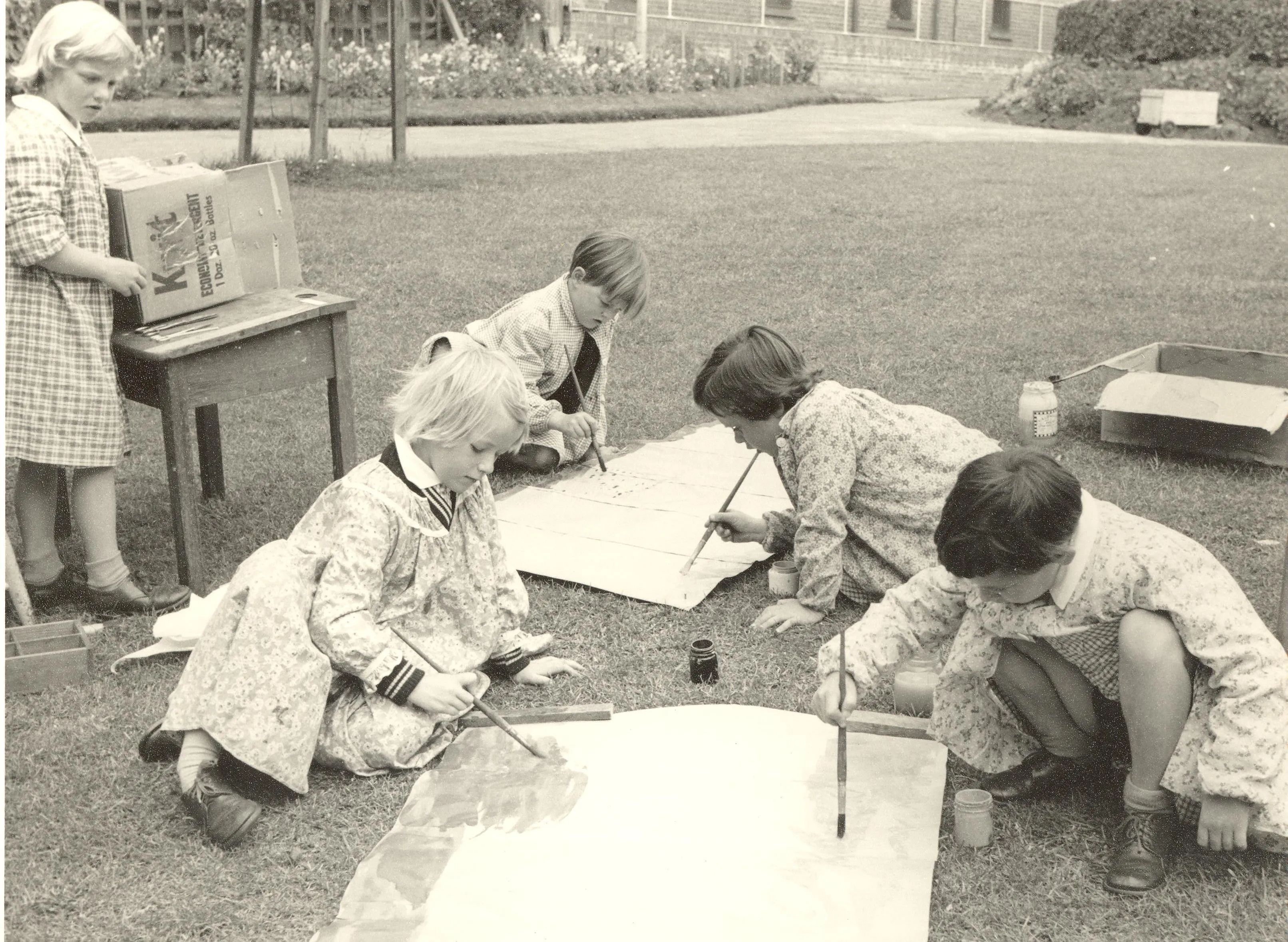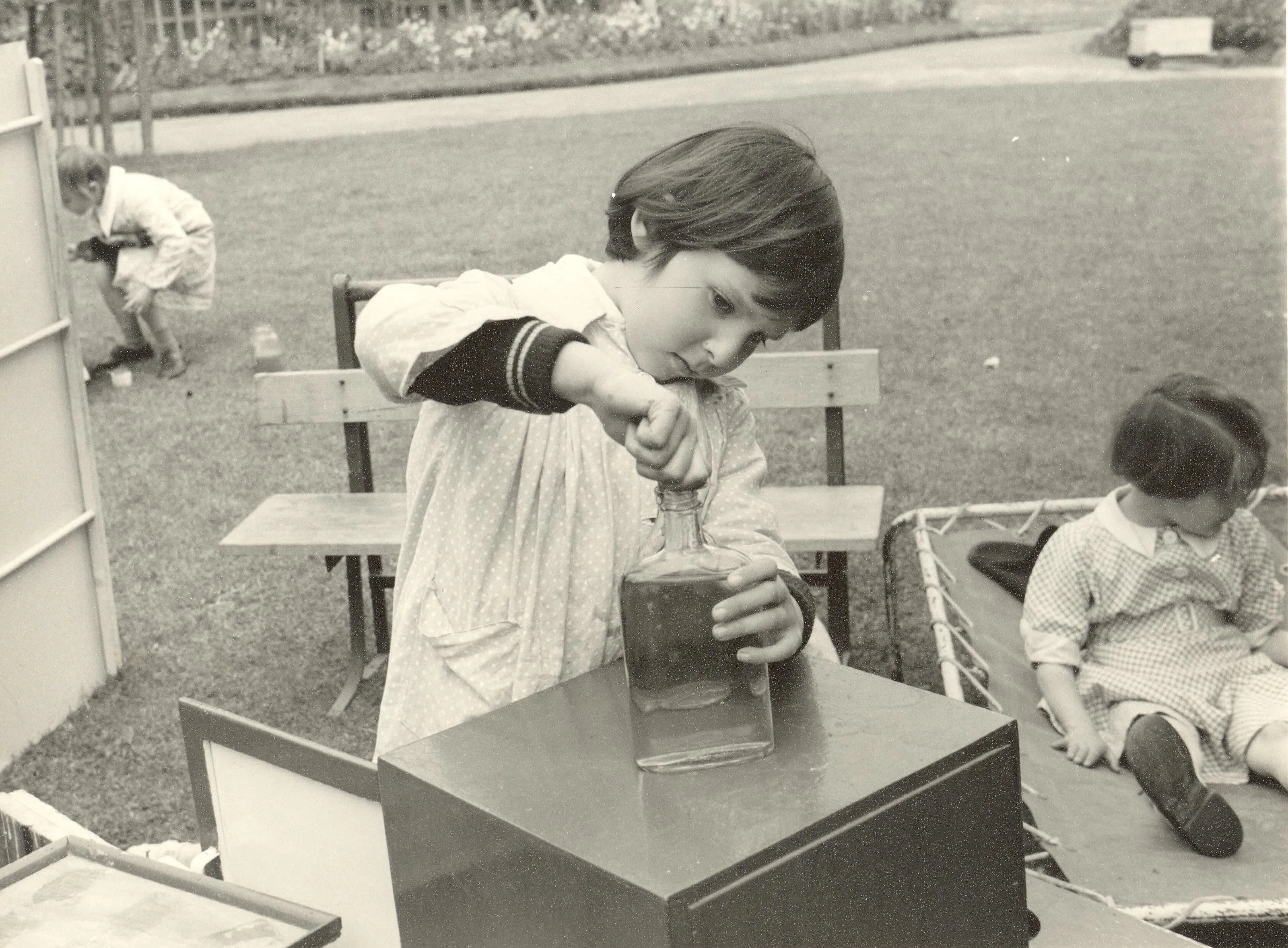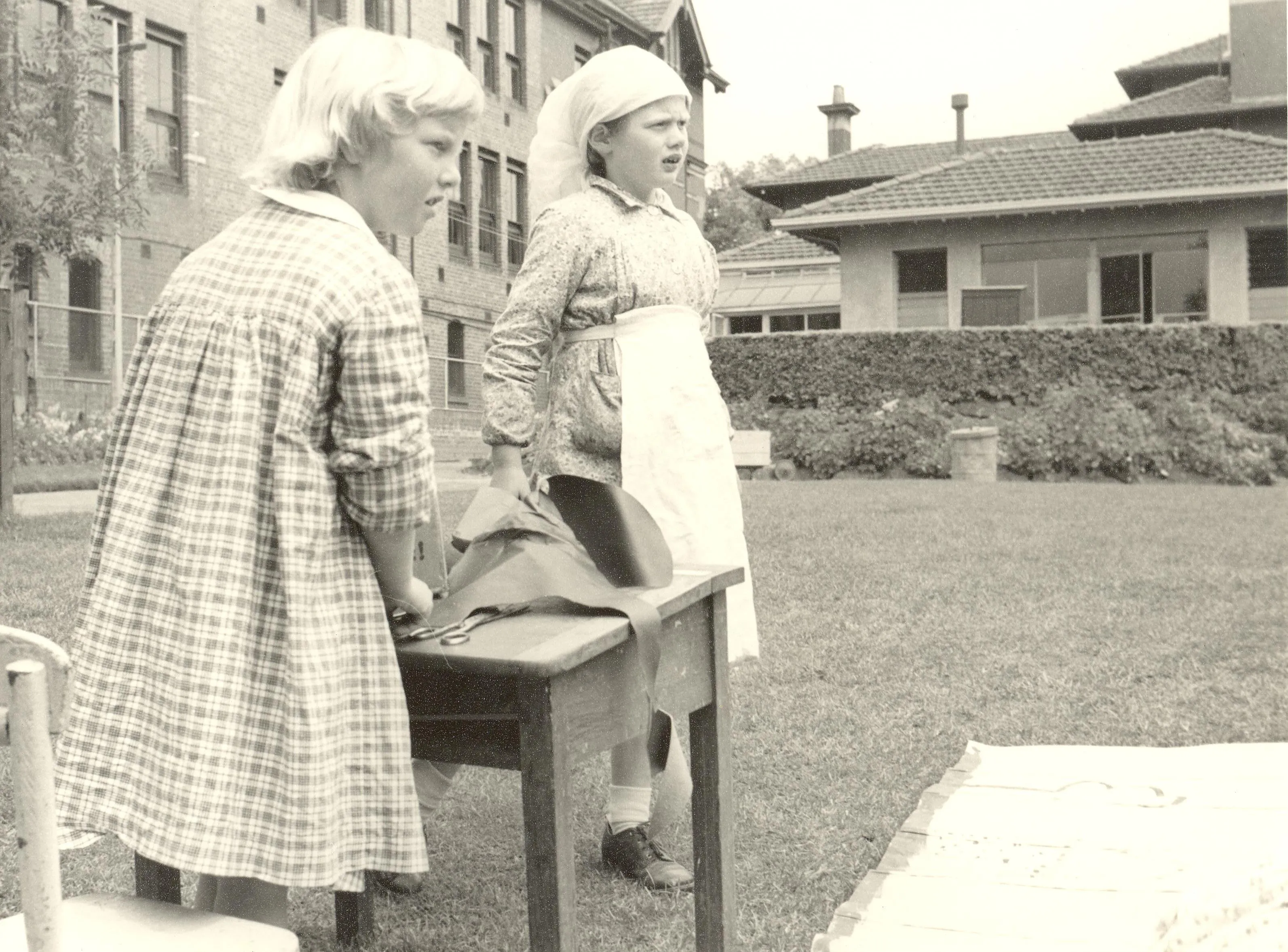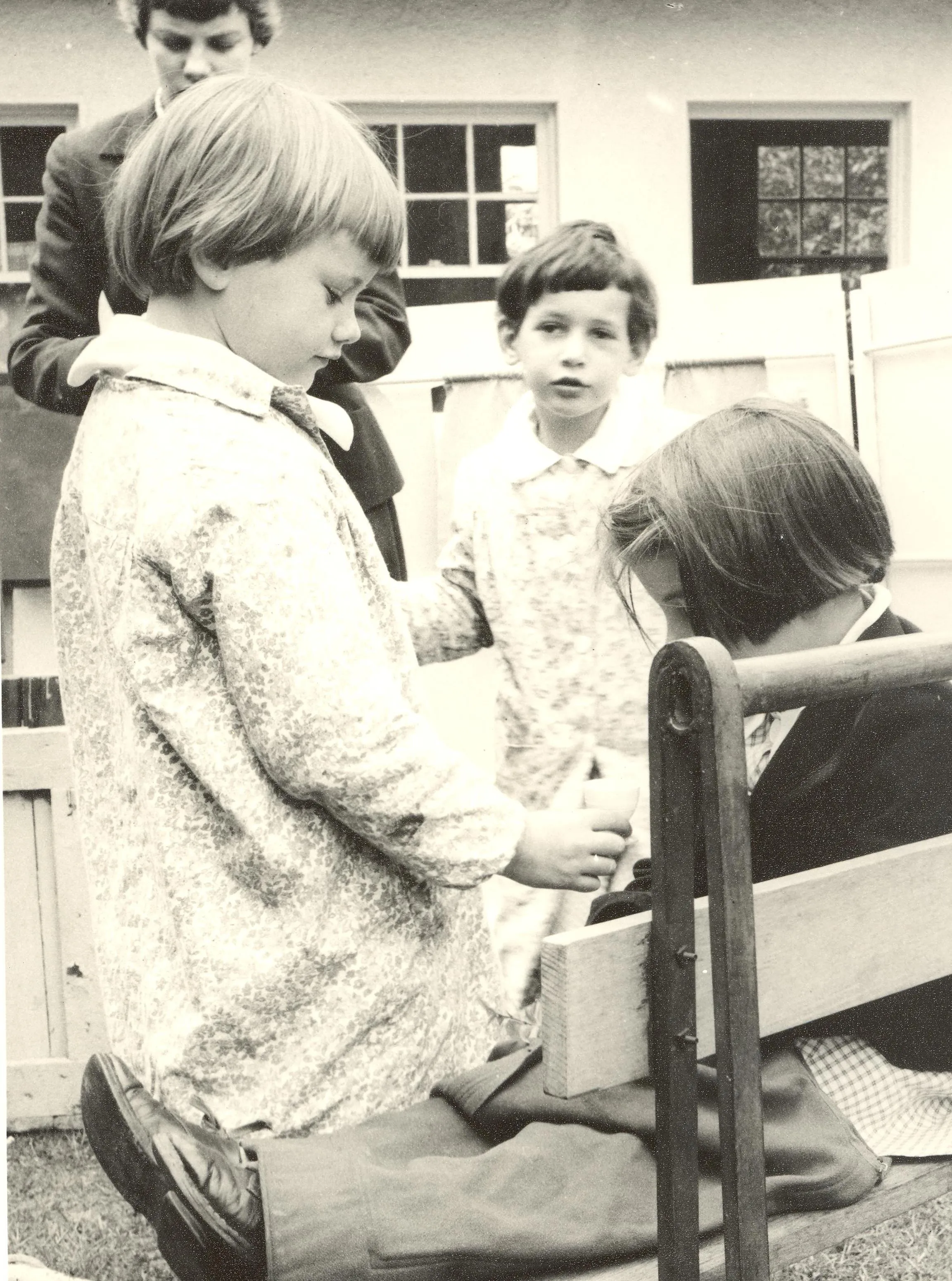

Ross Hall Finger Painting


Ross Hall Finger Painting
Evolving and Adapting
When we define the learning environments that make up the campus of a school we naturally think of the bricks and mortar constructions and their surrounding play and recreational spaces.
Melbourne Girls Grammar has been constantly evolving its campus and has over our 128 years acquired, shifted, remodelled and built the learning spaces that are now recognised as Morris Hall in Caroline Street and Merton Hall in Anderson Street.

What is an Ideal School Building?
With so much thought and consideration having gone into the development of the campuses at Melbourne Girls Grammar over the years, it is logical to posit the question: what is an ideal school building?
The ideal building is perhaps best answered from the position of whether, at the heart of its design and build, there has been consideration given to the teaching and learning needs of its future occupants. The first purpose-built Junior School came into being, not with the construction of Morris Hall in 1910 which was also a secondary boarding school for many years, but with the purchase of 84 Anderson Street in 1947. This was the block of land which finally unified Merton Hall and Phelia Grimwade House.
What is an Ideal School Building?
With so much thought and consideration having gone into the development of the campuses at Melbourne Girls Grammar over the years, it is logical to posit the question: what is an ideal school building?
The ideal building is perhaps best answered from the position of whether, at the heart of its design and build, there has been consideration given to the teaching and learning needs of its future occupants. The first purpose-built Junior School came into being, not with the construction of Morris Hall in 1910 which was also a secondary boarding school for many years, but with the purchase of 84 Anderson Street in 1947. This was the block of land which finally unified Merton Hall and Phelia Grimwade House.
What is an Ideal School Building?
With so much thought and consideration having gone into the development of the campuses at Melbourne Girls Grammar over the years, it is logical to posit the question: what is an ideal school building?
The ideal building is perhaps best answered from the position of whether, at the heart of its design and build, there has been consideration given to the teaching and learning needs of its future occupants. The first purpose-built Junior School came into being, not with the construction of Morris Hall in 1910 which was also a secondary boarding school for many years, but with the purchase of 84 Anderson Street in 1947. This was the block of land which finally unified Merton Hall and Phelia Grimwade House.



The sub-primary school occupied some of the main building and the space at the back of this land, near the Walsh Street tennis courts. Here, new buildings were created to provide a Prep to Year 3 school, named Ross Hall after the Principal DJ Ross. DJ’s unusual ideas about an experiential, co-operative curriculum, were the catalyst for the design of the buildings. The classrooms were created with group learning in mind. They had large, glassed doorways, colourful furniture and the chairs and tables could be easily moved by the girls themselves, within the room or set up in any cluster or grouping outside. They opened onto a flat all-weather surface and extended to a grassed area. For these lucky young girls in this part of the School, their learning took place in a broad environment. Their classrooms were not limited to the buildings. There were frequent visits to the Royal Botanic Gardens to collect seasonal items for the nature tables back at school. Lessons were often held in the spaces outside the classrooms where the girls might be involved in clay modelling, art, science or dramatic and musical work. They naturally formed groups and co-operated with one another in these activities.
The sub-primary school occupied some of the main building and the space at the back of this land, near the Walsh Street tennis courts. Here, new buildings were created to provide a Prep to Year 3 school, named Ross Hall after the Principal DJ Ross. DJ’s unusual ideas about an experiential, co-operative curriculum, were the catalyst for the design of the buildings. The classrooms were created with group learning in mind. They had large, glassed doorways, colourful furniture and the chairs and tables could be easily moved by the girls themselves, within the room or set up in any cluster or grouping outside. They opened onto a flat all-weather surface and extended to a grassed area. For these lucky young girls in this part of the School, their learning took place in a broad environment. Their classrooms were not limited to the buildings. There were frequent visits to the Royal Botanic Gardens to collect seasonal items for the nature tables back at school. Lessons were often held in the spaces outside the classrooms where the girls might be involved in clay modelling, art, science or dramatic and musical work. They naturally formed groups and co-operated with one another in these activities.



While this does not sound particularly different to our twenty first century learning spaces, it was very unusual in 1940s primary schools. The Little Preparatory School was situated where the Christine Briggs building is now tucked in fairly close to the Merton Hall building side of the space. This little school within a school was seen by many educators as an exciting experiment and was much visited by other educational leaders. DJ had always believed that the education of the very young was at the heart of a good school and here she could showcase her innovative ideas and match them to a truly creative learning environment.
While this does not sound particularly different to our twenty first century learning spaces, it was very unusual in 1940s primary schools. The Little Preparatory School was situated where the Christine Briggs building is now tucked in fairly close to the Merton Hall building side of the space. This little school within a school was seen by many educators as an exciting experiment and was much visited by other educational leaders. DJ had always believed that the education of the very young was at the heart of a good school and here she could showcase her innovative ideas and match them to a truly creative learning environment.
While this does not sound particularly different to our twenty first century learning spaces, it was very unusual in 1940s primary schools. The Little Preparatory School was situated where the Christine Briggs building is now tucked in fairly close to the Merton Hall building side of the space. This little school within a school was seen by many educators as an exciting experiment and was much visited by other educational leaders. DJ had always believed that the education of the very young was at the heart of a good school and here she could showcase her innovative ideas and match them to a truly creative learning environment.







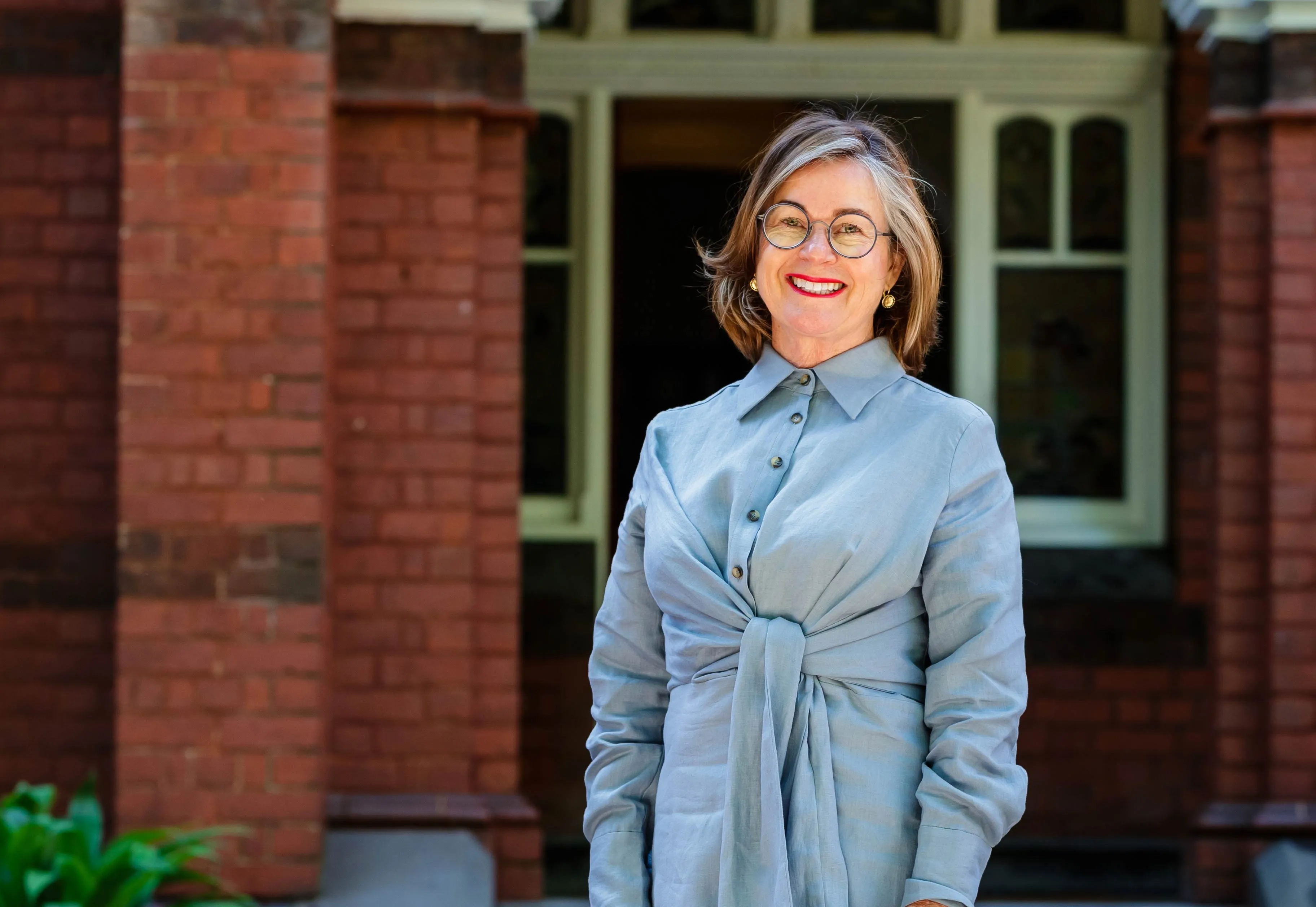

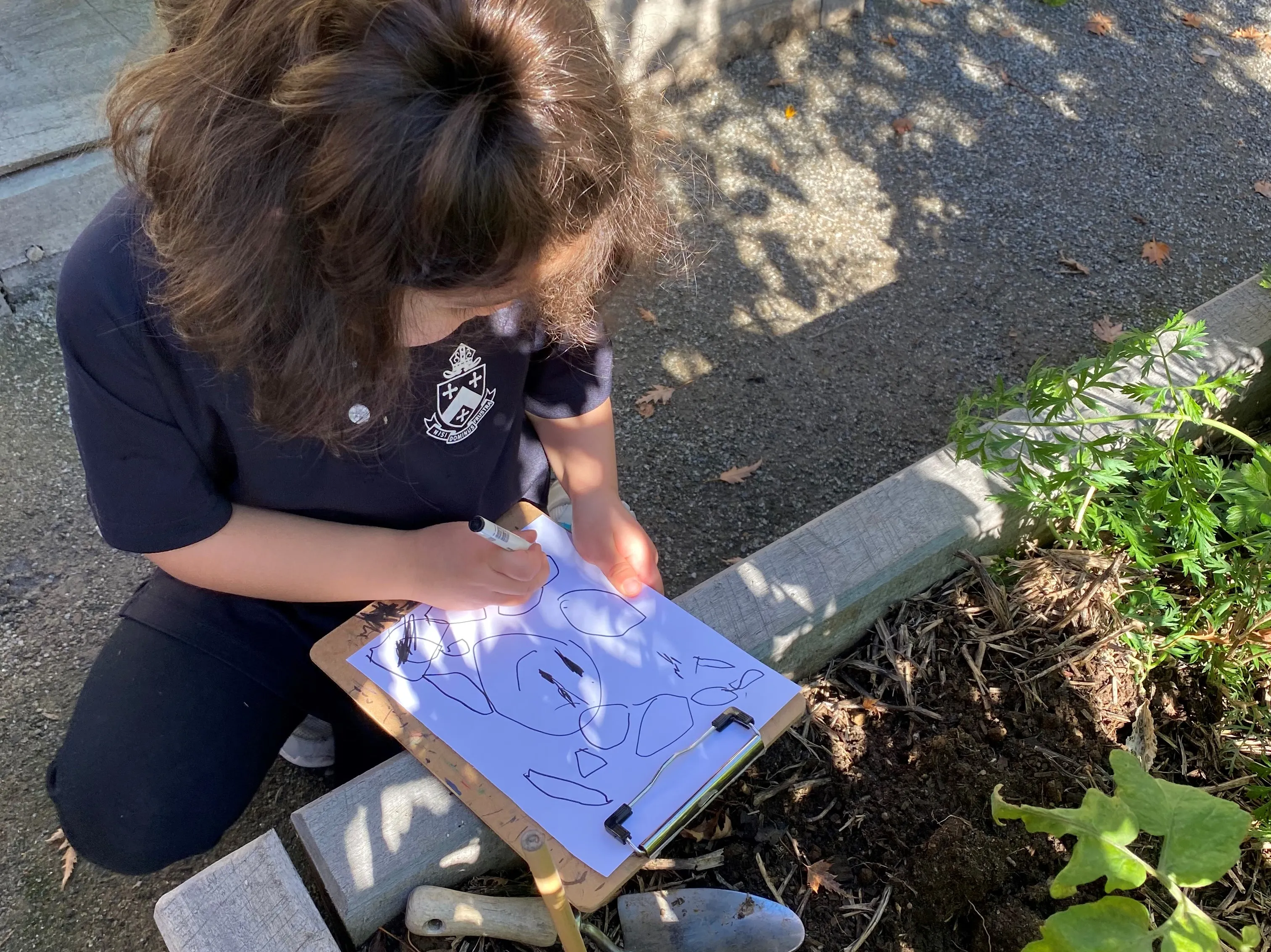
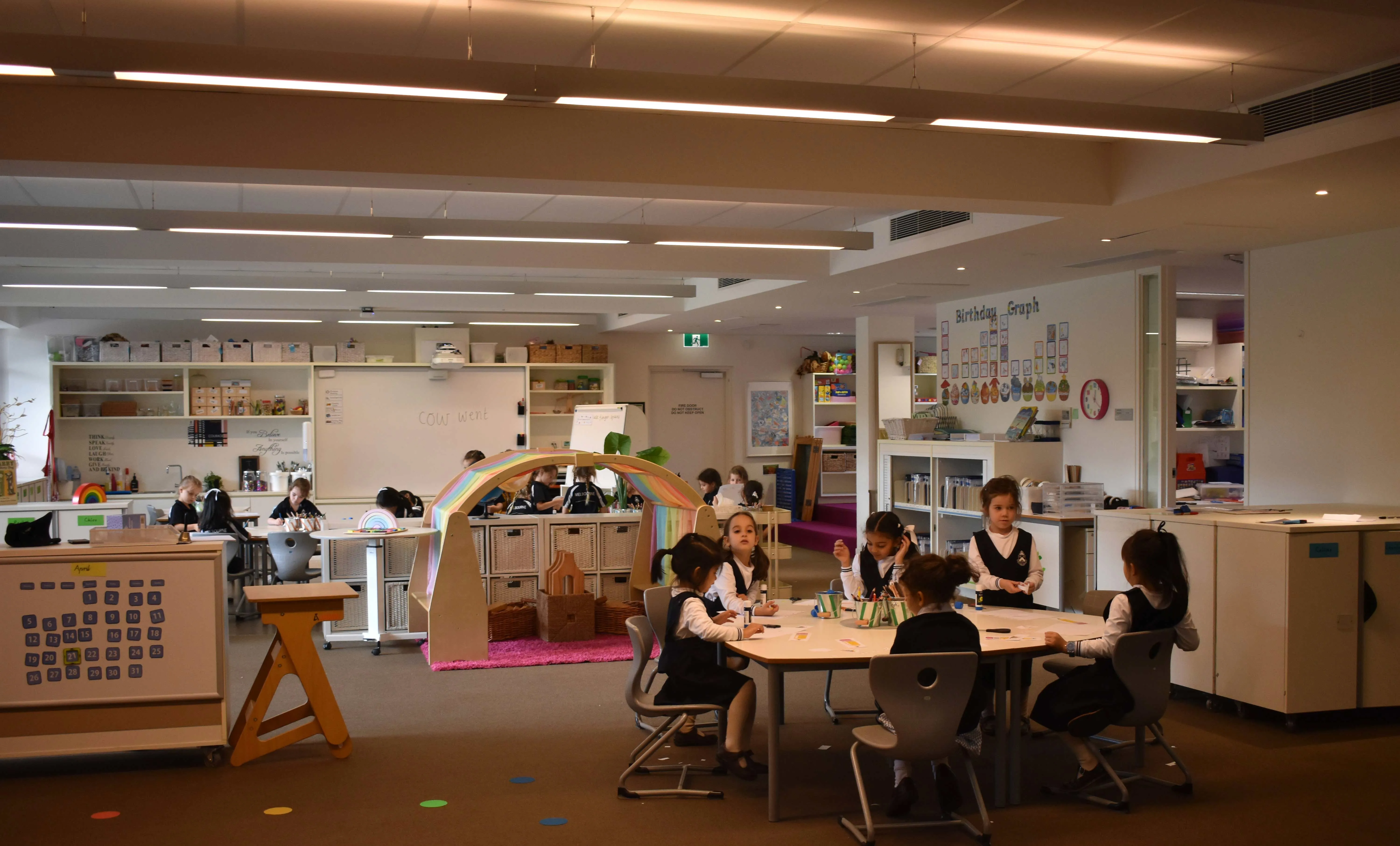
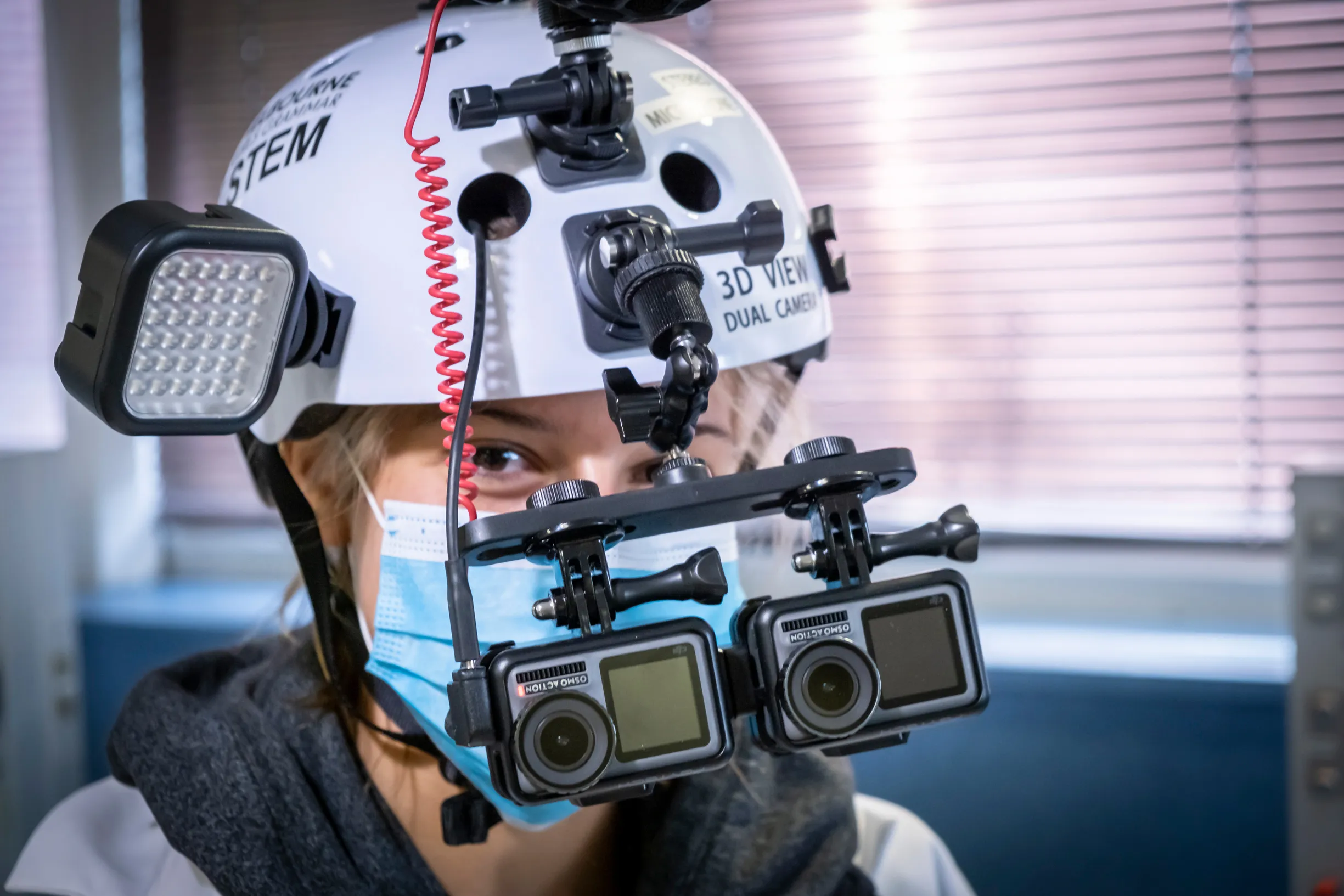
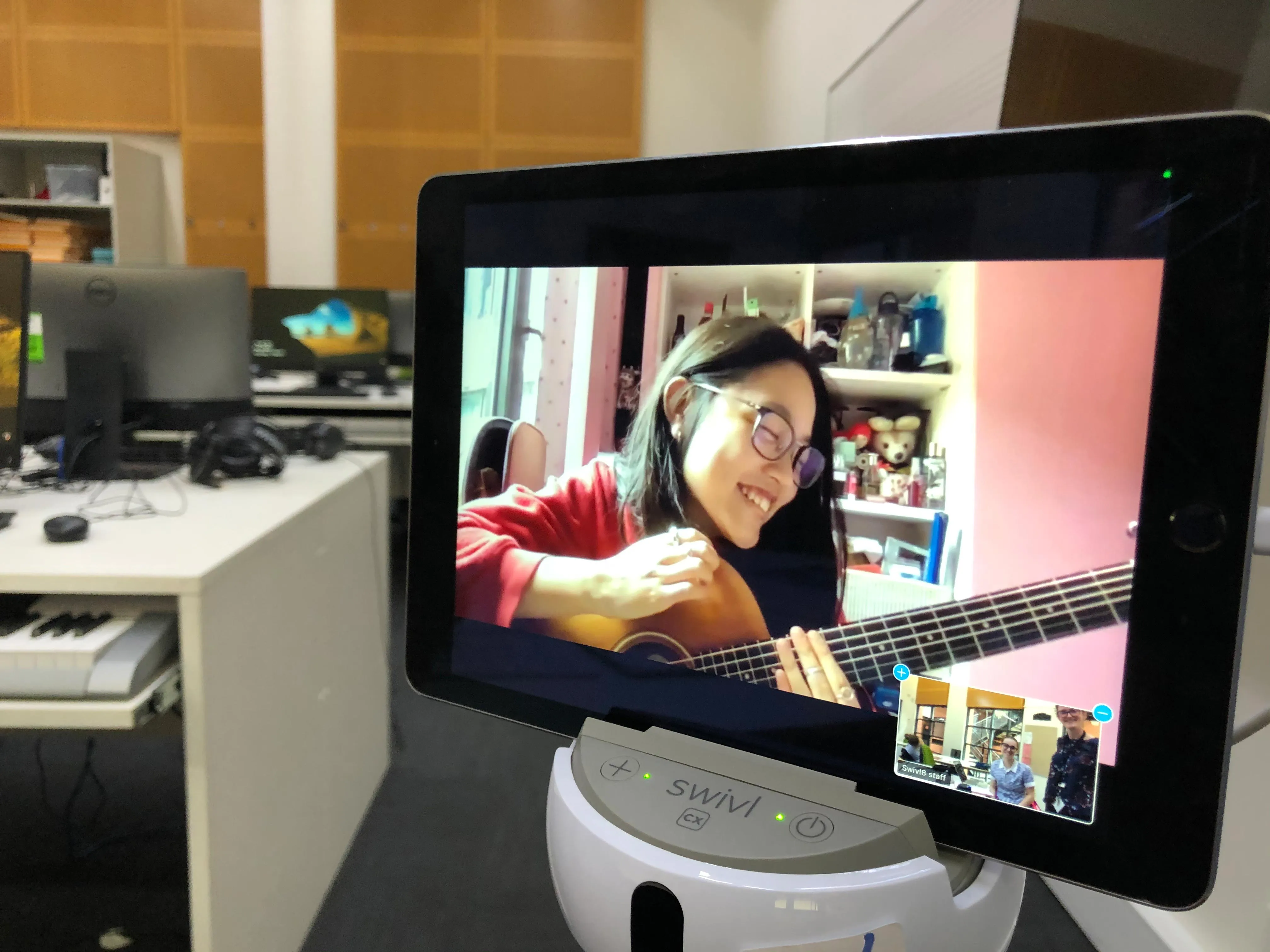

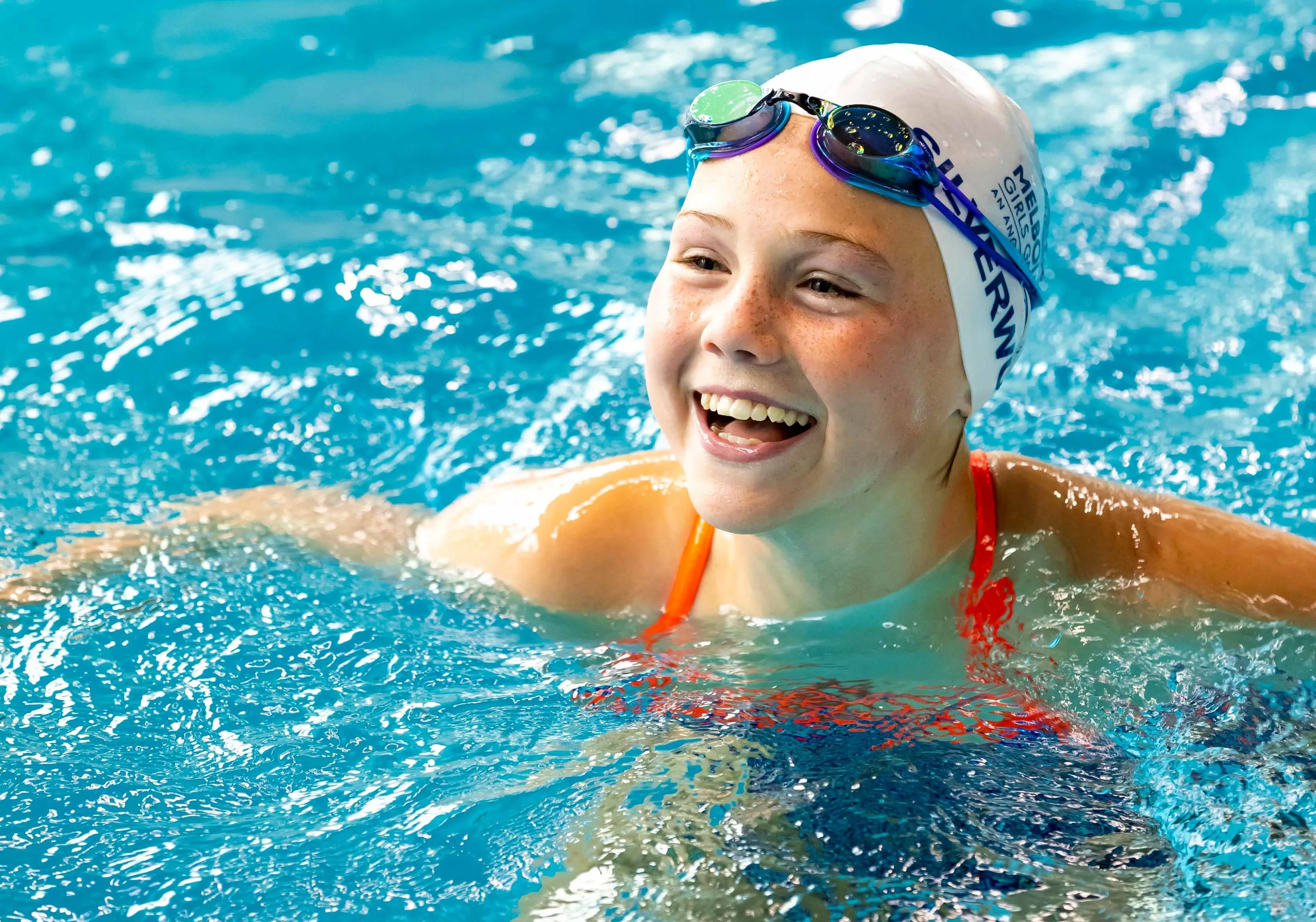

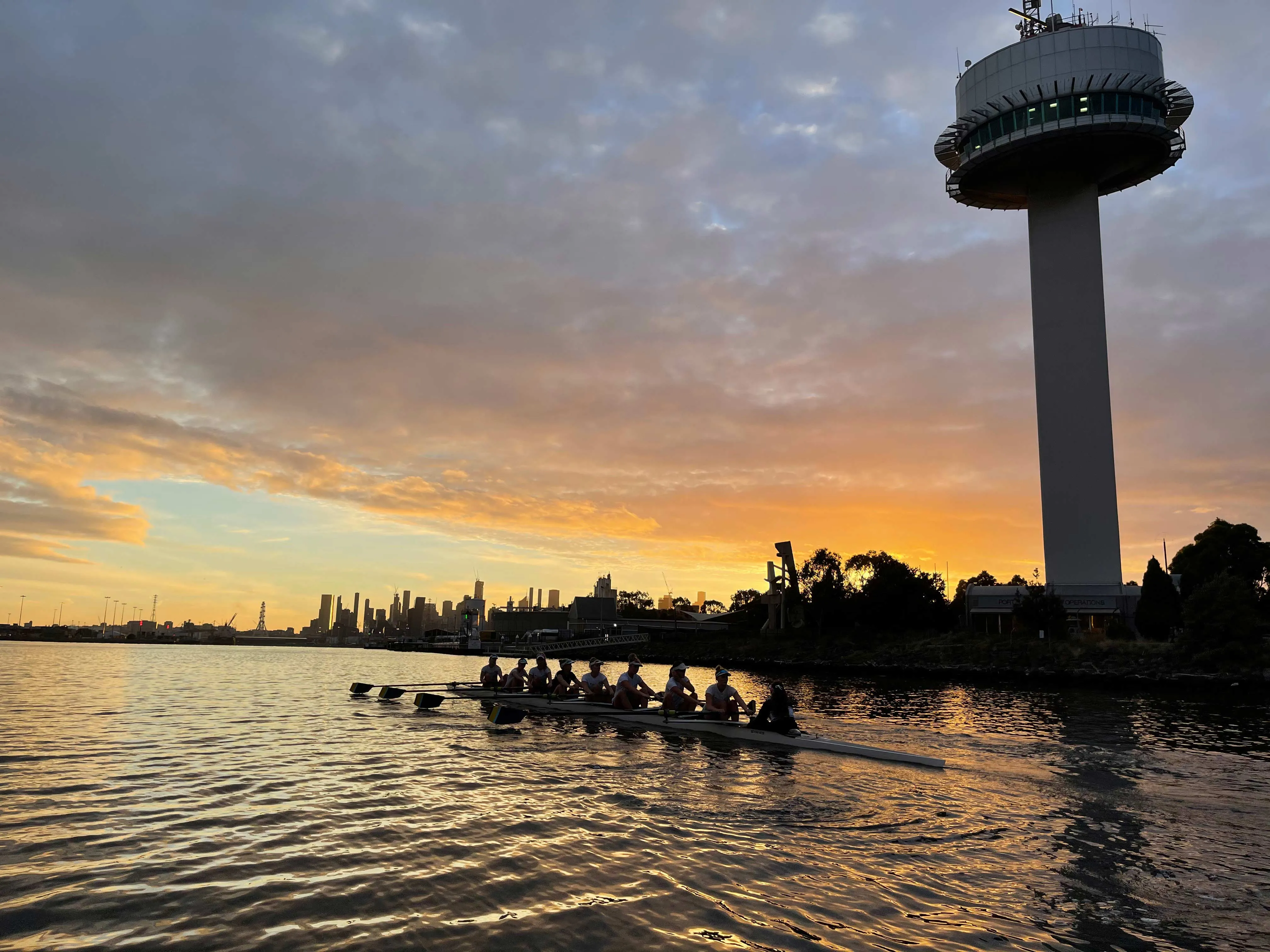
.webp)




